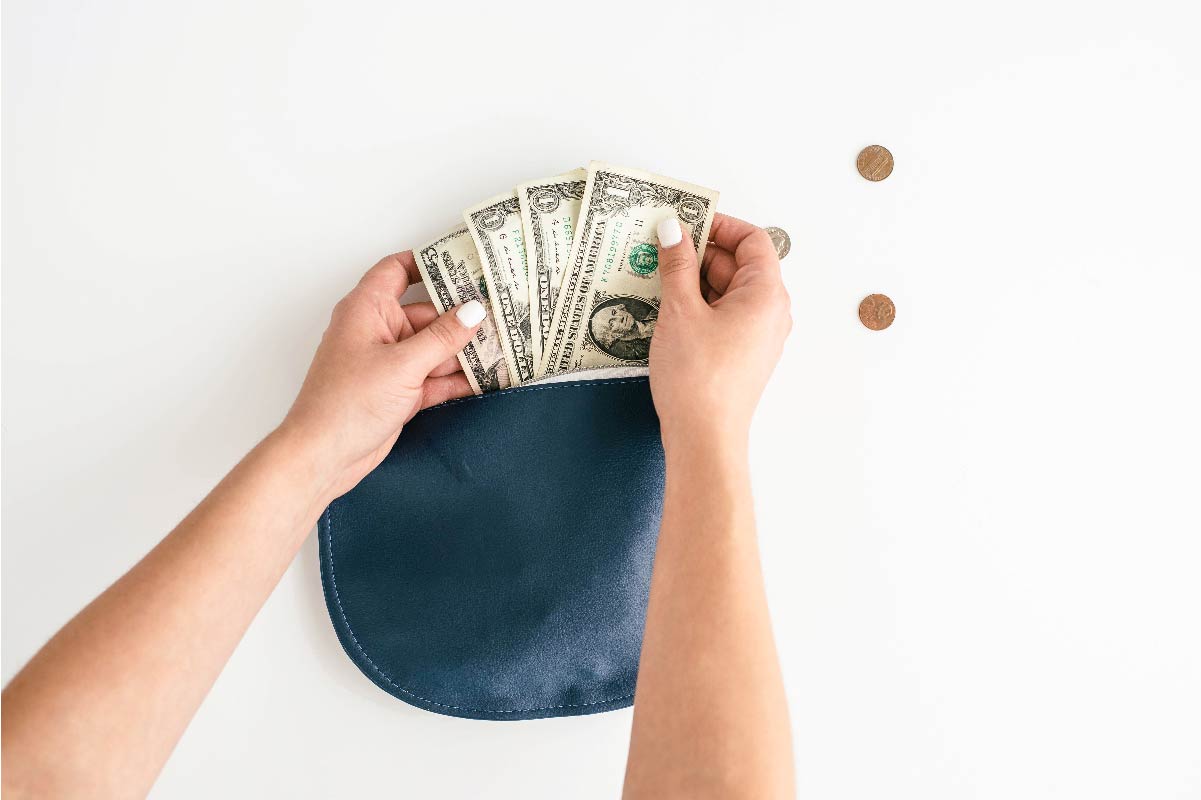Minimalist budgeting can help you save money and become more intentional with your spending, limiting impulsive purchases and relieving financial strain. Minimalist budgeting entails tracking your spending, setting realistic spending limits, and eliminating expenses that do not add any real value to your life. It also involves regularly reviewing subscriptions and canceling those you no longer require.
1. Identify Your Values
To create a minimalist budget, it is necessary to identify your values and prioritize your priorities. One method of doing so would be reflecting upon both happy and sad experiences in your life to determine what matters the most to you.
Before making your choices, list out your top five core values and rank them from 1 to 5. Next, start cutting fixed expenses such as rent/mortgage payments, car insurance premiums, and cellphone service contracts; consider moving to an affordable apartment or switching providers when possible. Next, reduce variable expenses like eating out less often and shopping around. Use an expense tracking app or money-tracking software to keep an eye on your spending!
2. Automate Your Payments
Once you have established your financial values and priorities, the next step should be tracking your spending. Doing this will allow you to identify areas where savings could be found by cutting expenses such as a streaming service subscription or eating out less frequently.
Instead of buying new stuff, why not sell items no longer needed on apps like Facebook Marketplace and LetGo instead? That way, you could put that extra money toward items more important to you or into savings accounts! Create an unbreakable commitment to saving within your budget so that you’re always setting aside a certain amount each month. This way, your savings should remain consistent over time.
3. Ask Yourself if You Need It
Minimalist finances can help you save money and be mindful with your spending, providing greater financial independence and simplifying your lifestyle. Maintaining appearances may tempt us, but excessive spending can quickly turn into debt and reduce overall life satisfaction.
To avoid this scenario, wait at least 24 hours before making any non-essential purchases. This will give your mind time to process whether it truly needs the purchase and lower your chances of impulse buys and buyer’s remorse.
4. Wait a Day or Two Before Making Nonessential Purchases
Minimalism is typically associated with decluttering personal belongings; however, its principles can also apply to your finances. Adopting minimalist money habits can help prioritize financial goals while saving more with less.
Minimalist budgeting entails identifying your essential expenses while eliminating non-essential spending. Essential expenses might include housing, food, utilities, and health care costs, while non-essential ones might include entertainment or luxury purchases. If you find yourself drawn to making an unnecessary purchase, wait a day or two. The delay can help you assess whether it will add any real value to your life and whether its cost justifies its worth.
5. Eliminate Unnecessary Expenses
One of the key minimalist money habits is eliminating unnecessary expenditures. You can do this by reviewing receipts or tracking spending using an Excel spreadsheet, as well as regularly reviewing bank and credit card statements to detect any recurring charges that might pop up.
One way to reduce expenses and cut unnecessary spending is to stop buying things just to impress other people; focus on experiences that bring you happiness and satisfaction instead. Also be mindful of avoiding debt – particularly high-interest credit card debt – by creating a plan to repay it using either the debt avalanche or snowball method.
6. Automate Your Savings
Although minimalism often entails decluttering physical items, financial minimalism can help you prioritize savings goals more easily by automating them. One effective method of doing this is automating savings payments. Establish a regular transfer from your checking to savings accounts each payday to make savings an integral part of your budget.
Make use of your credit card’s roundup savings feature or money-saving app that automatically rounds purchases up to the nearest dollar and deposits the change into your savings account. Reevaluate these automatic transfers periodically as your finances change.
7. Create a Plan of Action
Once you understand your values and priorities, the final step to financial minimalism is making a plan of action. This approach could involve creating a minimalist budget, automating savings accounts or debt payments, and cutting unnecessary expenses like gym memberships that go unused, streaming services you don’t watch regularly, or dining out frequently.
To create a budget, add up your after-tax monthly income and list all essential expenses (your needs) as well as everything else that costs money (your wants). Next, identify any areas where costs could be cut back in order to save more or pay off debt more rapidly.
8. Don’t Be Pressured to Spend
Financial minimalism involves spending less than you earn, so to achieve it, you must closely examine all of your expenses and identify ways in which spending can be reduced.
Example: Perhaps you are paying for subscription services you rarely use or dining out too frequently; reduce these unnecessary expenses so as to free up more funds for savings or investments. Minimalist budgeting may seem difficult, but the effort will pay off in terms of long-term financial freedom. By following these tips, you can start saving more with less and live a fuller life.
9. Be Mindful
Adopting minimalism and budgeting requires dedication. Take time to develop an action plan tailored to you that you can follow and commit yourself to it. Keep in mind that making money requires hard work. Before making any purchase, take time to assess if it will be worth your time investment in making this purchase.
Instead of spending on things, instead invest in experiences that cost less. Activities like gathering with friends for board games and visiting the library are fun ways to save money while having more to spend on what matters to you.

